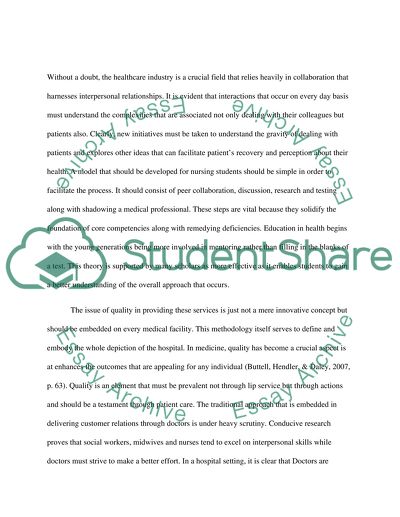Cite this document
(“Interprofessional in Nursing (Mental Health Nursing) Essay”, n.d.)
Interprofessional in Nursing (Mental Health Nursing) Essay. Retrieved from https://studentshare.org/nursing/1438041-interprofessional-in-nursing-mental-health-nursing
Interprofessional in Nursing (Mental Health Nursing) Essay. Retrieved from https://studentshare.org/nursing/1438041-interprofessional-in-nursing-mental-health-nursing
(Interprofessional in Nursing (Mental Health Nursing) Essay)
Interprofessional in Nursing (Mental Health Nursing) Essay. https://studentshare.org/nursing/1438041-interprofessional-in-nursing-mental-health-nursing.
Interprofessional in Nursing (Mental Health Nursing) Essay. https://studentshare.org/nursing/1438041-interprofessional-in-nursing-mental-health-nursing.
“Interprofessional in Nursing (Mental Health Nursing) Essay”, n.d. https://studentshare.org/nursing/1438041-interprofessional-in-nursing-mental-health-nursing.


